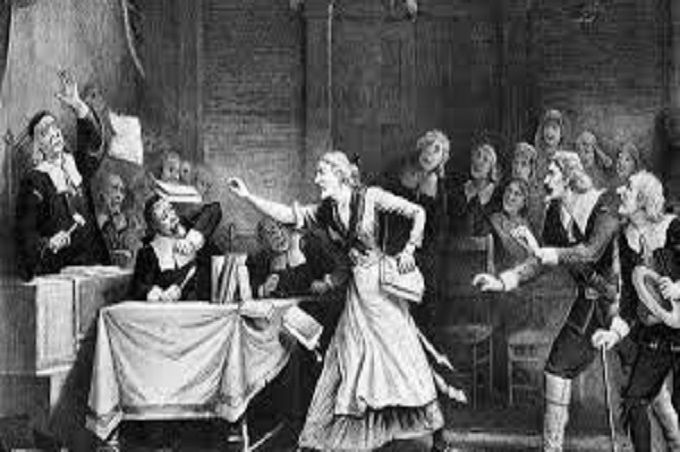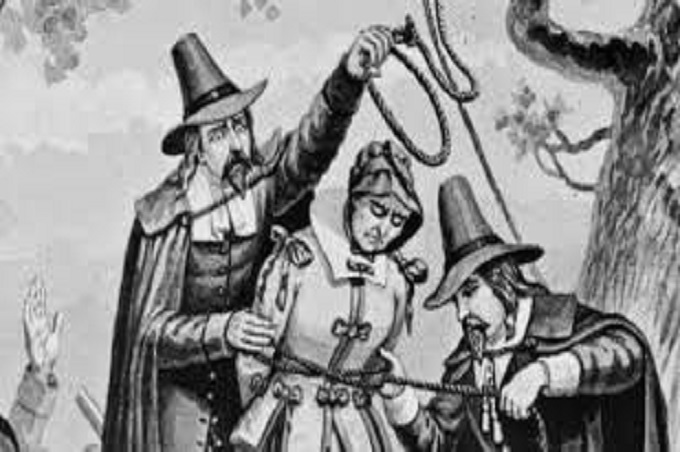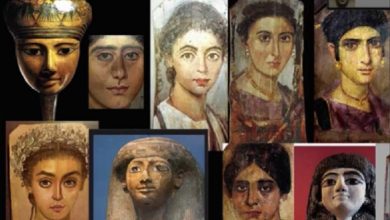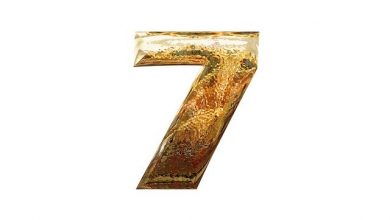The Salem witch trials

Since antiquity, those accused of witchcraft have been persecuted. Even under Hammurabi’s rules, witches and sorcerers faced the death sentence, which was substituted by a “test by water” in the event of unconfirmed accusations.
The Holy Inquisition Institute reached its peak of power in 1478. The Spanish Inquisition was created around this time by King Ferdinand and Queen Isabella, and a period of exceptionally harsh persecution of persons accused of witchcraft started in Western Europe. It came to a stop in the middle of the 17th century, although there were still outbreaks of “witchcraft genocide” in other parts of the world. The Salem witch trials, which started in 1692 in the United States, are one of them.
Puritans, English Protestants who broke away from the established church, founded the city of Salem in 1626. Witchcraft was one of the criminal charges around the middle of the 17th century. Various situations were attributed to witchcraft – something weird, inexplicable, or just advantageous to dishonest judges.
The settlers were farmers who understood their way around a farm. As their family increased, so did their landholdings. Where was there free land back then? Of course, there were indigenous Indians of various tribes whose lands were acquired in multiple methods, from violent drives to dubious deals.
The Puritans were obligated to act the same way as all other colonists. They enslaved the Indians in order to convert their land into crops and pastures. They were religious zealots who faced adversity after hardship in their lives: agricultural failures, pet deaths, poor weather, and dying children. All of the problems could be explained by one thing: God was angry and punishing his unreasonable children.
Puritans on the Supernatural
According to the ideas of the Puritans, the human soul at the moment of birth is predetermined where it will go – to heaven or hell. You cannot change the destination, but you can find signs around you that point to God’s will. Puritan religious traditions lack many familiar Orthodox elements: patron saints, icons, holy water. The only way they could protect themselves from evil was to pray. But prayers did not save from witches. So there was an understanding that the only way to deal with those convicted of witchcraft was to destroy them physically.
Among the Puritans, witchcraft was considered mostly a female occupation. In the minds of these strict ascetics, the woman was more lustful and less resistant to the devil’s influence than the man. It is necessary to understand the living conditions of the then Puritans – they fled from England to the New World because of religious persecution. Fundamentalist Protestants wanted to settle in a place clean of vices but ended up on the lands of pagan Indians. They even named their city Salem in honor of Jerusalem. Pre-Christian America was the devil’s territory, and it was subject to cleansing. The lighting of the fire of the true faith was not without the destruction of witches – people who consider themselves good Christians after more than three centuries look nothing more than extremely cruel fools.
Puritans are not only prudent, thrifty, and industrious. People who work hard, deprive children of toys, and teach those crafts from an early age are characterized by stinginess and a bad temper. In Salem, as in all such communities, the townspeople chose the pastor, and they paid him a salary. However, the farmers were too stingy, and those who wanted to take care of such a flock were hard to find. Two pastors in a row resigned from their positions after serving two years each. They were followed by Samuel Parris, whose family problems began that provoked the Salem witch hunt.
At the beginning of 1692, the pastor’s daughter and niece (aged 9 and 11) were stricken with a strange illness. The girls rolled on the floor, writhing in strange positions and making frightening noises. Parris tried to read them a prayer, but the patients began to scream, plug their ears, run away and hide under furniture.
A doctor examined the girls. He ruled that a witch had bewitched the children – a similar case was described in his writings a few years ago by a Harvard graduate and priest of the North Church of Boston, Cotton Mather. When they began to look for a witch, the sick pointed to an enslaved person named Tituba, who served in the house of Parris. She taught the children about witchcraft.
Soon several more people fell ill, and the witch fighters began to work more actively. They arrested three women. According to other sources, it was easy to accuse the black (Indian) Tituba, the beggar Sarah Good and the lonely sick widow Sarah Osborne of witchcraft. All the suspects did not go to church for a long time, they had no defenders, and Osborne also sued the pastor on some property issues. Society had no doubts – women were rightly accused of witchcraft.
In March, four more people were arrested, including Sarah Good’s four-year-old daughter. The girl, who missed her mother, said that she was a witch, and she, too, was thrown into prison. Another arrested person named Martha Corey openly mocked the court because respectable church parishioners had already begun to be accused of witchcraft.
To get the latest stories, install our app here
Salem witch trials and executions
The trial began in May of 1692. The process had become self-sustaining, and everyone who sick girls singled out was placed in jail. In their nightmares, they purportedly saw them as ghosts. They checked all the suspects by bringing them near the children during a seizure, and if the woman stopped touching the children, she was declared a witch.
The judgments were reached by a court panel that comprised three of Pastor Parris’ associates and the lieutenant governor. William Stoughton, who had no legal training, presided over the trial. Cotton Mather, who was present at the trial, noted in his writings a precedent with a servant witch killed in 1688 for bewitching the master’s children.

The first execution took place on June 10, when Bridget Bishop, an elderly lady, was hung. On July 19, many other ladies suffered the same fate. A month later, further executions took place, with the former pastor of Salem among the victims, despite the prayers of hundreds of locals and the prayer read at the gallows. The sorcerer was said to be unable to pray without a doubt. The priest could, but the executioner was quickly apprehended – he said that behind the accused’s back appeared the devil himself, disguised as a black man, whispering phrases.
Giles Corey, an 80-year-old farmer, had the most amazing tale to tell. All property of people convicted of witchcraft was taken under the rules of the period, and the older man was a prosperous farmer. It is difficult to hold a trial without witnesses; therefore, Corey was subjected to more torture, including placing boards on his chest and hoisting huge stones on them. If he pleaded guilty under pressure, the farmer’s land would be taken away. On the other hand, the old man remained mute and just requested more stones to hasten his death. He died after two days of torture because he refused to allow his family to travel across the world. His wife and seven other people were hung shortly after Corey’s death.

A controlling hand
The witch hunt started to spread beyond Salem, with sick girls being sent to neighboring places searching for those possessed by the devil. They began discussing how the court should not take the victims’ visions as conclusive proof in the highest circles. There were also views on the death penalty similar to the present ideas: it is preferable to keep numerous witches alive than to punish one innocent person. One of the girls who pointed out the witches told her mother that she was having a good time. But then she became frightened and began talking about witchcraft once again.
The state governor heard about the ethical side of the matter and issued an order prohibiting courts from accepting visions as evidence. Arrests ceased, and the majority of those imprisoned were freed. Approximately 200 persons were imprisoned as a result of the anti-witch campaign. Thirty-one of them were found guilty, 19 were hung, five died in prison, and stones crushed old Corey. The search lasted nearly a year.
The judges admitted to making a mistake in 1697, and their verdicts were declared void after another 5 years. One of the witches revealed in 1706 that she had referred to innocent persons as witches and sorcerers. Only one of these girls was able to marry afterward, resulting in the imprisonment and death of their neighbors.
After 300 years, the people of Massachusetts chose to remember this atrocity once again, and a memorial to the victims of the religious fanatic massacre was constructed in Salem in 1992. The governor said again in 2001 that all of the defendants were innocent.
The local government skillfully used Salem’s terrible past to become a tourist attraction. Built in 1670, the House of Witches has been kept here. It was the same trial this time. Several literary works and historical film adaptations contribute to keeping a mythical atmosphere in Salem.




